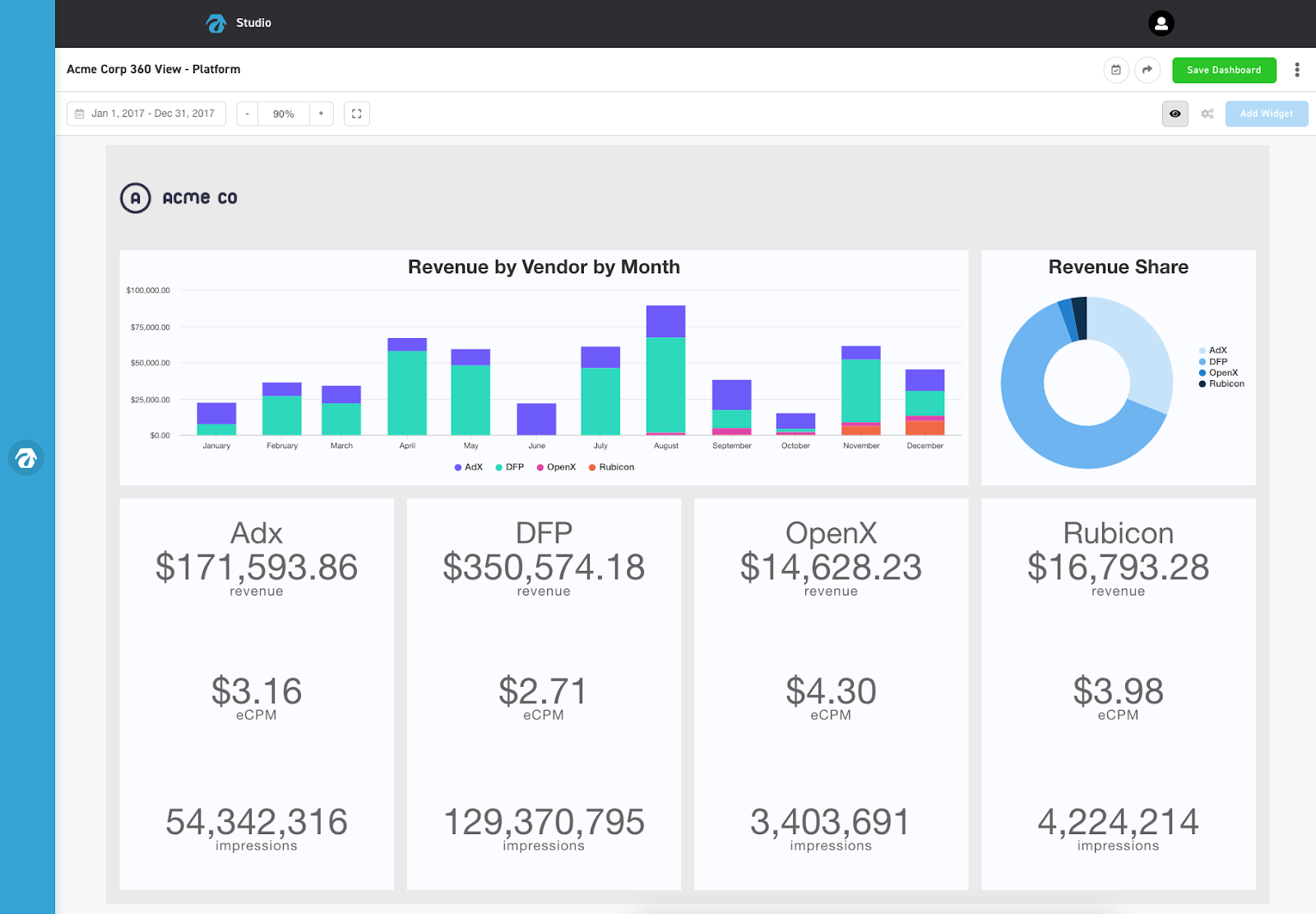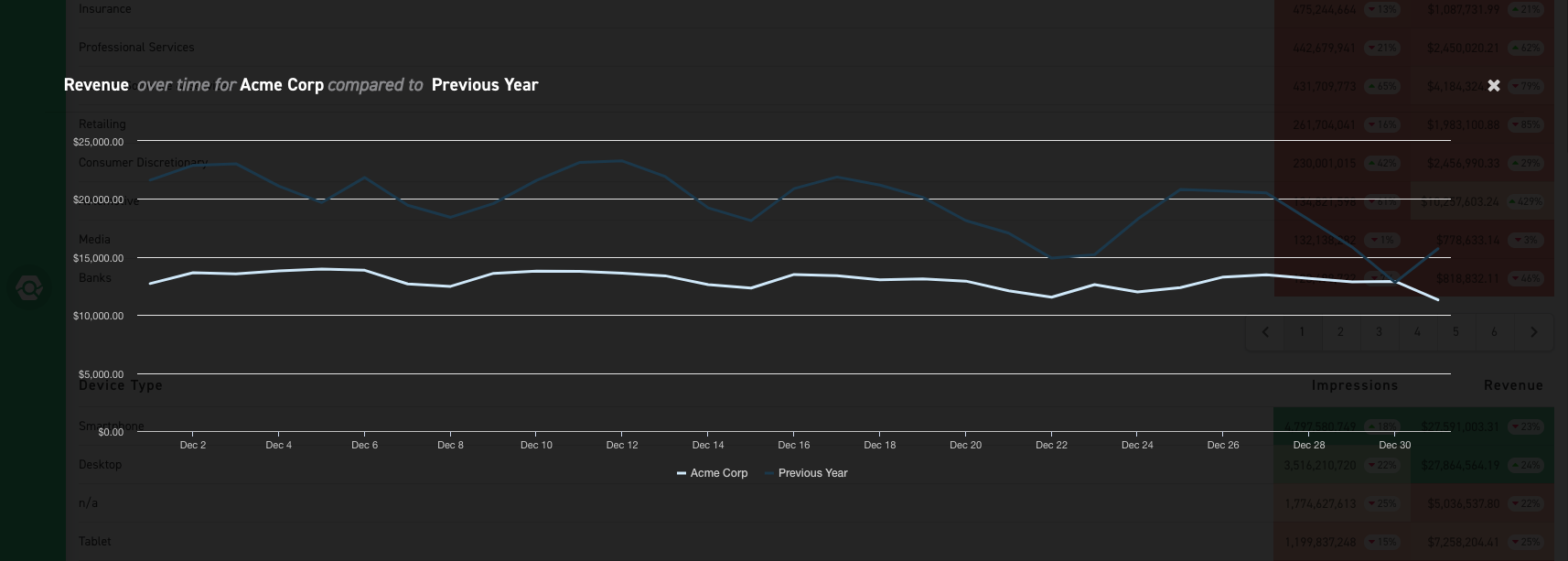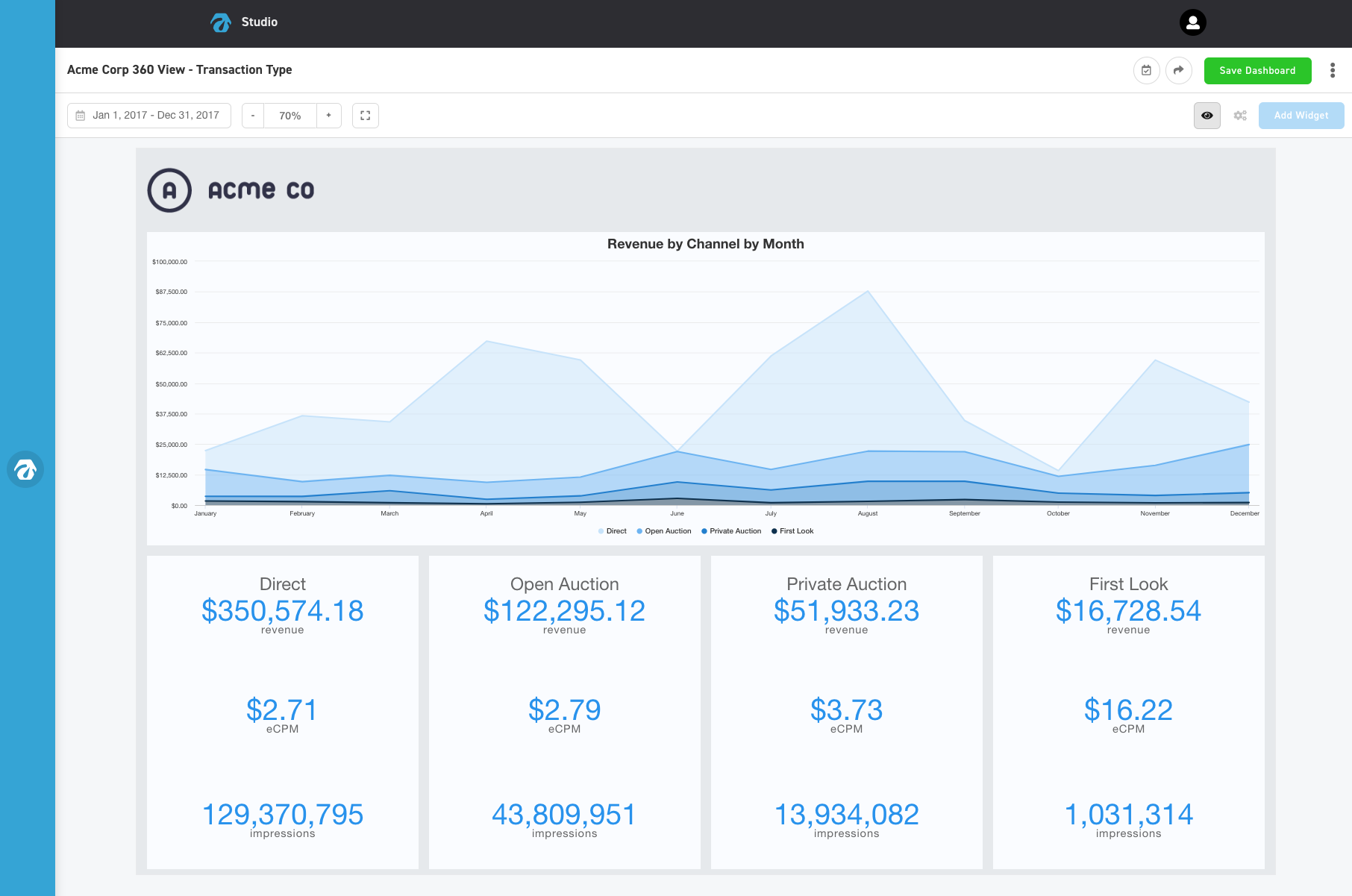
A comprehensive approach to understanding buyer behavior
As digital advertising evolves, advertisers continue to increase their investment in programmatic buying. Programmatic teams have more opportunities than ever to increase the yield from their inventory. However, those teams that base their pricing decisions on a limited view miss critical insights into buyer behavior.
The importance of this is highlighted in a study from the Boston Consulting Group. While they found that fewer than 25 percent of publishers regularly translate advertiser data analysis into sales initiatives, those that did were better able to understand how and why advertisers buy and value different inventory, leading to higher yield and additional revenue. One publisher they studied makes an average of one extra sale per week from analyzing advertiser data and up-selling based on the results. Another increased CPMs by 30 percent.
A comprehensive approach is to aggregate and analyze buyers’ spending over time, across channels and different SSPs, empowering programmatic leaders with a more complete view into their buyers’ spending patterns. Analyzing spend across SSPs, over time and across different channels will help you optimize your programmatic yield:
Analyse buyer spend across SSPs
Each advertiser is likely to have different names across various SSPs. Take Acme Corp, for example:

With manual reporting, it’s very challenging to aggregate and analyze data across these naming conventions. Because of the dynamic nature of naming conventions and the shear number of records, the process is both time-consuming and prone to numerous errors. However, if you can aggregate data across the SSPs, you’ll reveal important insights that can drive smarter pricing decisions.
A 12-month report focused on each platform shows the spend across SSPs:

Maybe you notice that a buyer’s ad purchases are stable in one SSP but declining overall. This insight suggests that you should look at the pricing and tactics across the different SSPs to understand what’s driving this behavior and adjust pricing accordingly. To maximize your yield, you need to constantly be monitoring for these patterns in order to make the right pricing decisions.
Assess spending trends over time
Many programmatic teams base pricing decisions on customer buying at a given point in time. To understand the spending behavior of each advertiser, it's not enough to just build a report and sort by spend. Although this is the most readily-available view, pricing decisions made through this narrow view will miss important trends in buying behavior without a broader context.
Analyzing total revenue over time compared to the previous year for one advertiser (aggregated across multiple datasets) puts the spending trends into context:

Why do these broader buying trends matter? Most advertisers don't spend in a linear fashion (daily, seasonally, etc.). So, you need to look at your buyers' overall spending patterns, not just at one point in time. If you know a buyer’s average quarterly or annual impressions and revenue, you can tell whether they are trending ahead or behind typical spending patterns. Does a travel company usually increase spend ahead of the busy summer travel season, but this year their spending is flat? Empowered with those insights, you can respond proactively, rather than realizing after the fact that you missed an opportunity with that buyer.
In another case, if you see that an advertiser is consistently spending a significant amount on programmatic inventory over time, you can reach out to that buyer to put a guaranteed deal in place. Because DSPs and SSPs each take a share of revenue with standard programmatic buying, shifting to a guaranteed deal benefits both advertisers and publishers. Advertisers save money with preferred terms. Publishers benefit from a closer relationship with buyers, which provides more predictable revenue.
Understand how your buyers invest in direct inventory
Traditionally, programmatic teams base their pricing decisions on buying within programmatic inventory. If you can monitor trends across both direct and programmatic, it’s easier to identify patterns that drive optimized pricing tactics for your inventory.
A good starting point could be to create an end of year report tracing the spending behavior of key clients across different channels:

For example, if the sales team is going to pitch to a lead that has been buying through programmatic, they need to understand if the advertiser is just buying open auctions, or are they also doing private auctions or deals IDs.
In another scenario, with visibility across both direct and programmatic, you may see that an advertiser only buys video on direct. This may be an opportunity for the programmatic team to reach out to offer video inventory at a preferred price.
Or, you may see a drop in a buyer’s direct spend, but you notice an uptick in programmatic spending. With visibility across both types of inventories, you can understand how the advertiser is pivoting their strategy. You want to align with your direct team, reach out to the advertiser and propose a guaranteed deal.
With a 360-degree view across buying platforms, you gain the insights to adapt to advertisers in real-time and optimize your channel pricing to boost revenue.
Empower your team with comprehensive reporting
A 360-degree view of your buyer’s behavior uncovers patterns that you would miss with traditional programmatic reporting. Empowered with a more complete view of buyers’ behavior — and more accurate insights into spending — you can optimize inventory and maximize yield with better decisions.
Of course, the reason that most teams don’t take the broader view is that it’s very challenging to build the data infrastructure and reporting needed to provide this visibility. Burt’s industry-leading reporting solution makes it easy to have real-time, 360 visibility into your buyer’s spending. Talk to us today to learn more about how we can help.
























